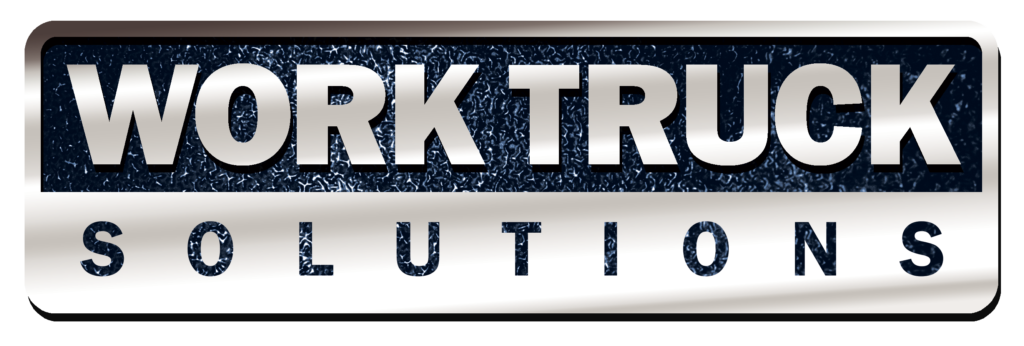AltFuel: The Song Remains The Same

By Ryan Day, Assistant Editor
For all the hoopla surrounding EVs, self-driving vehicles, and other underlying technology that’s hitting the streets today, there really is “nothing new under the Sun.” Sayings like that and “The more things change, the more they stay the same” have become cliches for a reason.
Change is inevitable, but what actually changes is the form of something rather than its intended use. Take transportation, for example. Forms of transportation have been changing and disrupting ever since the wheel was invented, but the need is still to move physical items from one location to another.
“The process that we’re going through right now of introducing new technologies has repeated itself over time; it’s not new,” explains Jim Press, Former COO, of Toyota N.A. Co-President/Vice-Chair, Chrysler, Senior Advisor, Work Truck Solutions. “In 1912, we witnessed the first transcontinental commercial truck trip, but before that time, people thought it would be impossible to deliver goods by truck. [Many people thought reliable delivery could be provided only by] train or horseback.”
As nascent technologies make a splash in our market and in the media, it’s essential to recognize that the role of commercial vehicle dealers remains as crucial as ever. In fact, savvy auto dealers are focusing on their core strengths and being proactive in helping their customers solve business challenges to deliver value and service in these tumultuous times.
A Tale of Woe
There are a lot of emerging technologies that are impacting the commercial auto market. Autonomous, electric, and connected vehicles are just a few examples of technologies that are changing the transportation landscape. Leading-edge technology is literally changing the way people think about transportation. While these breakthroughs are exciting, they also present challenges for business owners.
“First, visionaries see the future clearly as to what needs to be done and how it should be accomplished. And that’s the exuberant period of the initial process of introducing technology,” says Press. “Then you get into [the period when] the reality starts to sink in about where we really are versus where we want to be. And that’s where we are now. Some call that the zone of disillusionment; I call it the zone of reality.”
For business owners who depend on their vehicles to carry out their business, the rapid pace of technological change means they must stay current on the latest developments to remain competitive. For example, the rise of autonomous vehicles could disrupt their entire business model, and they may need to be prepared to adapt to this eventuality. Additionally, new technologies can be complex and challenging to implement, straining the limits of resources or expertise.
Jim Press put it this way, “The best thing you can do is gather enough information and get enough Insight so you can make decisions on future trends that are timely and maybe get ahead of your competition and allow you to move to where you want to be at the right time.”
A Helping Hand
Commercial auto dealers have been in the business for a long time and have a deep understanding of the industry. They have built relationships with customers that go beyond just selling vehicles. Dealers have provided customer support and service for years and have become an integral part of their operations. It should be no different in times of disruption.
“If we’re smart, [we can start being proactive and think about a commercial customer’s assets and ways for us to help them save money],” muses Dan Bryan, General Manager at Ricart to Business, during a session of the CVBS Spring 2023. “So, when we’re proactive with a customer to try to identify opportunities and help educate them, it’s truly a collaboration with all the parties involved to help keep [a customer’s] assets on the road making money.”
Commercial vehicle dealers can provide value to their customers by staying up-to-date on emerging technologies and identifying opportunities to improve their customer’s operations. By sharing information about new technologies that can help customers reduce fuel consumption or improve safety, dealers can help them achieve their business goals. Additionally, dealers can provide guidance on implementation, regulations, and compliance.
An Enduring Song of Service
Despite the challenges presented by emerging technology, dealerships should continue to put their customers at the center of their operations. Traditional models of excellent service and customer relationships will never be overshadowed by technology. In fact, the more complex technology becomes, the more dealers need to anticipate its impact on their customer’s business and be proactive in adapting to it. By focusing on their core strengths and embracing new technologies, dealers can continue to provide value and service to their customers.
“I’ve always said that I’m not really in the car business; I’m in the people business,” explains Norm Gilbert, Commercial Manager at AutoNation Ford Memphis. ”What I mean by that is I’m building relationships. I’m not just looking to sell a company one truck a year for the following X number of years. Yes, I’m looking to get them the right vehicle, but then [I want to] help them grow their companies. Because if they’re making more money, they’re going to need more trucks. And if they’re aware that I understand what they’re trying to achieve, [and that I want to help grow] their business, I can [suggest] a product or a service that can help them generate more revenue and take things off their plate.”
Dealers must take responsibility for their customers to ensure that what they want to purchase aligns with what they need. Sales is the beginning of a relationship; it’s not a transaction. And after the sale is when the bulk of that relationship occurs.
Yes, innovation and change are constant in the commercial vehicle industry. Technology evolves, and machines improve, but the context is the same as it’s been since the days of Henry Ford’s Model TT; it’s always about the customer’s needs.

